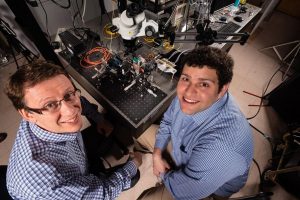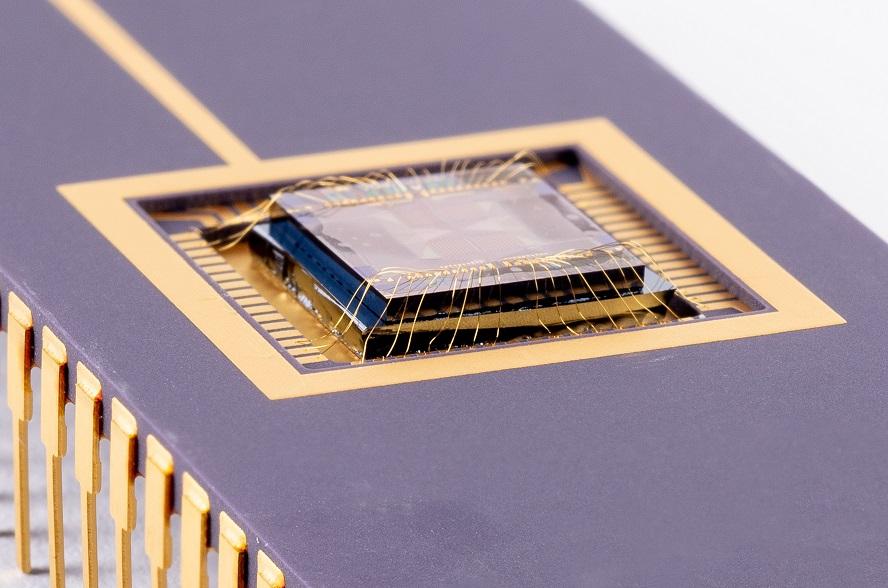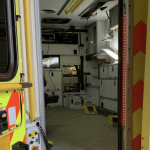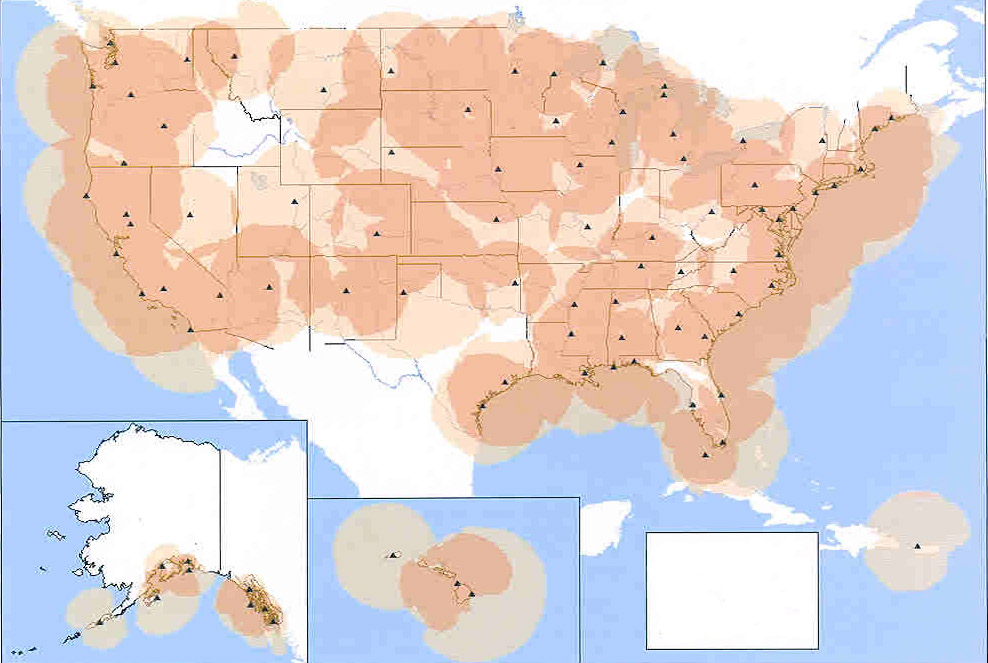Draper has advanced its development of a LiDAR-on-a-chip using patented, all-digital MEMS optical switches for light beamsteering to gather the digital data to build high-definition maps. Light detection and ranging (LiDAR) is a key sensor for autonomous cars, enabling a relative awareness of the surrounding environment. LiDAR provides a three-dimensional point cloud of a car’s surroundings by measuring how long light takes to travel to an object and bounce back.
Currently, most LiDAR systems rely on mechanical scanning. Draper’s all-digital switches provide robustness for the harsh automotive environment, according to the company. The incorporation of other components such as optical switches, micro-electromechanical sensors (MEMS) and integrated photonics on the chip yield improvements in LiDAR range and resolution.
Draper states that its new product builds high-definition images of objects at 50 meters distance. The company has demonstrated low-loss waveguides with verified losses under one dB/cm and MEMS optical switches with lifetimes surpassing 10 billion cycles.
The single-chip LiDAR emits light ] through a matrix of optical switches and collects the reflections through the same optical switches, producing a favorable signal-to-noise ratio, since little ambient light is collected. The company isl further developing its product to image a range of hundreds of meters while providing a corresponding angular resolution targeted at less than 0.1 degrees.

“At Draper, we have experience with differing beamsteering methods, such as optical phased arrays. However, we feel MEMS optical switches provide an elegant simplicity,” said Sabrina Mansur, Draper’s self-driving vehicle program manager. “If we want to image a target at a specified location, we simply enable the corresponding optical switch, whereas other approaches rely on precise analog steering, which is challenging given automotive’s thermal and vibration environment.”
The new offering is available to license, joining Draper’s portfolio of autonomous system and self-driving car capabilities. The portfolio includes the Draper APEX Gyroscope, a MEMS gyroscope that provides centimeter-level localization accuracy, and Draper’s all-weather LiDAR technology, named Hemera, a detection capability designed to see through dense fog and compatible with most LiDAR systems.
Draper Laboratory is a not-for-profit research and development organization, headquartered in Cambridge, Massachusetts.






